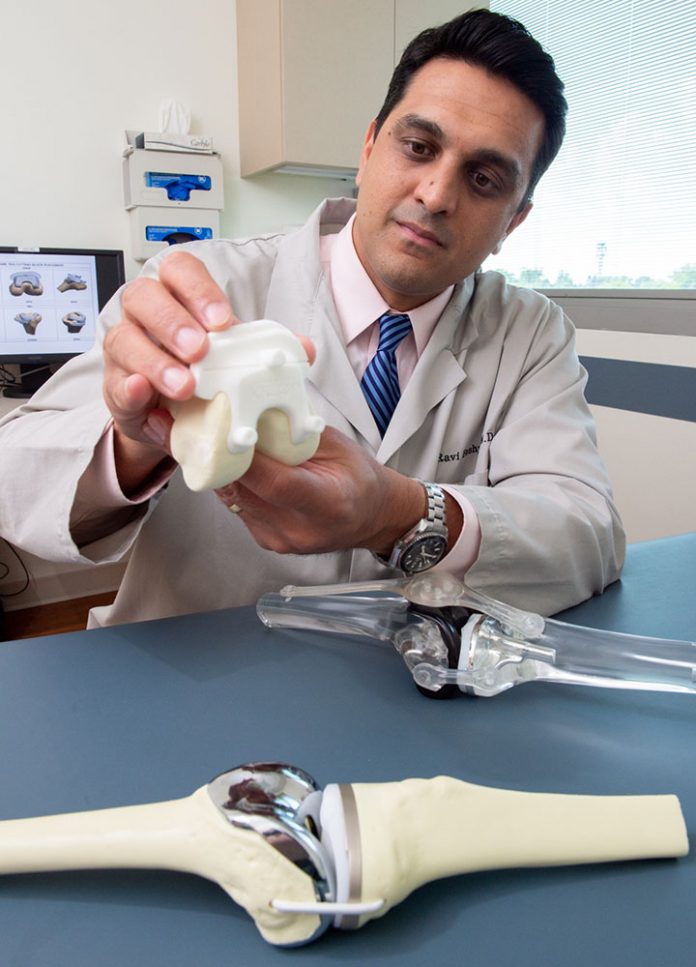While elective procedures remain on hold during the nation’s Covid-19 outbreak due to inherent risks of spreading the virus, the arthritic pain that many patients were hoping to resolve through total joint replacement surgery is ever present. During this challenging time, it is important for patients to know that social distancing doesn’t have to mean ignoring chronic pain or abandoning your recovery plans.
Following are some helpful tips for orthopaedic patients who are sheltering in place at home:
-
Leverage technology: Many physicians and physical therapists are connecting with their patients via phone and telemedicine, which means that a safe physical therapy regimen can continue at home as clinical providers are able to guide patients on at-home exercises that best fit their individual needs.
-
Embrace at-home exercise: Whether you’re working to strengthen the muscles supporting a worn-out joint or working to add flexibility to a newly replaced joint, exercise is critical. This doesn’t require a patient to leave their home or even have special equipment, as many of the most joint-friendly exercises involve the use of body weight. Patients should talk to their physician and physical therapist by phone or telemedicine to determine the best approach for strengthening, stretching, and enhancing mobility at home.
-
Establish a schedule: From a mental health standpoint, many experts recommend those who are sheltering-in-place could benefit from following a daily schedule that lends itself to a sense of normalcy. That scheduling mentality could be helpful for joint patients as well as Dr. Bashyal recommends timing the use of anti-inflammatory medications that are approved by patients’ personal physicians as a means of getting ahead of the pain instead of waiting for the pain to hit and trying to control it. The same concept applies to icing painful joints immediately after any activity to get ahead of swelling before it takes hold.
-
Use an assistive device: While those patients pending or recovering from total joint replacement surgery ultimately seek to reclaim their mobility and quality of life, that doesn’t mean they can’t look to assistive devices, such as braces or canes, until they can complete their treatment plan. By using these devices on a temporary basis, patients can better ensure their balance and manage pain, which ultimately could help avoid additional injuries or complications.
Learn more about outpatient joint replacement surgery, arthritis treatment options, and total joint replacement surgery.
























